Rising Environmental Concerns
The Chemical Hydrogen Generation Market is being propelled by rising environmental concerns and the urgent need for sustainable energy solutions. As climate change becomes an increasingly pressing issue, there is a growing emphasis on reducing carbon footprints and transitioning to cleaner energy sources. Hydrogen, particularly when produced from renewable resources, is viewed as a pivotal element in achieving these sustainability goals. The market is likely to benefit from heightened awareness and demand for low-emission technologies, with projections indicating a potential market size of USD 250 billion by 2035. This shift towards environmentally friendly practices is expected to drive innovation and investment in hydrogen generation technologies.
Increasing Industrial Applications
The Chemical Hydrogen Generation Market is witnessing a growing demand for hydrogen across various industrial applications. Industries such as refining, ammonia production, and metal processing are increasingly utilizing hydrogen as a key feedstock. The refining sector, in particular, is projected to account for a substantial share of hydrogen consumption, driven by the need for cleaner fuels and processes. As of 2025, the demand for hydrogen in industrial applications is expected to rise, potentially leading to a market expansion that could exceed USD 150 billion by 2030. This trend underscores the critical role of hydrogen in facilitating industrial decarbonization and enhancing operational efficiency.
Global Energy Transition Initiatives
The Chemical Hydrogen Generation Market is significantly impacted by global energy transition initiatives aimed at reducing reliance on fossil fuels. Countries are increasingly committing to ambitious targets for carbon neutrality, which necessitates the adoption of alternative energy sources, including hydrogen. This transition is supported by international agreements and collaborations that promote research and development in hydrogen technologies. As of 2025, the market is anticipated to grow substantially, with estimates suggesting a potential market value of USD 300 billion by 2035. This momentum reflects a collective effort to integrate hydrogen into the energy mix, thereby enhancing energy security and sustainability.
Regulatory Frameworks and Incentives
The Chemical Hydrogen Generation Market is significantly influenced by supportive regulatory frameworks and incentives aimed at promoting clean energy solutions. Governments are implementing policies that encourage the adoption of hydrogen technologies, including tax credits and subsidies for hydrogen production facilities. These initiatives are designed to reduce greenhouse gas emissions and foster a transition towards sustainable energy sources. As a result, investments in hydrogen generation technologies are expected to rise, with the market potentially reaching a valuation of USD 200 billion by 2030. This regulatory support not only stimulates market growth but also enhances the competitiveness of hydrogen as a viable energy source.
Technological Innovations in Hydrogen Production
The Chemical Hydrogen Generation Market is experiencing a surge in technological innovations that enhance hydrogen production efficiency. Advanced methods such as electrolysis and thermochemical cycles are being developed, which could potentially reduce production costs and increase output. For instance, the integration of renewable energy sources into hydrogen production processes is gaining traction, allowing for cleaner and more sustainable hydrogen generation. As of 2025, the market is projected to grow at a compound annual growth rate of approximately 10%, driven by these technological advancements. This trend indicates a shift towards more efficient and environmentally friendly hydrogen production methods, which are essential for meeting the increasing energy demands.


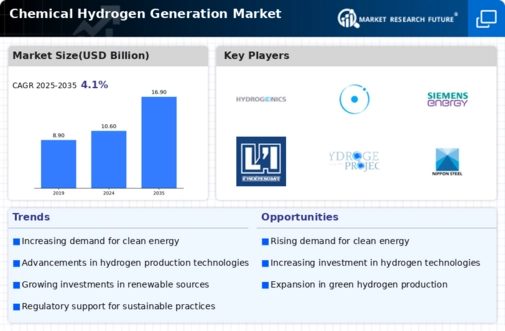
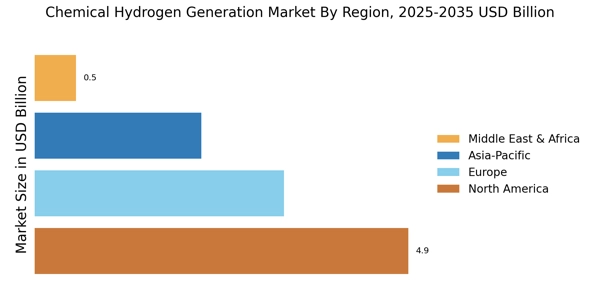
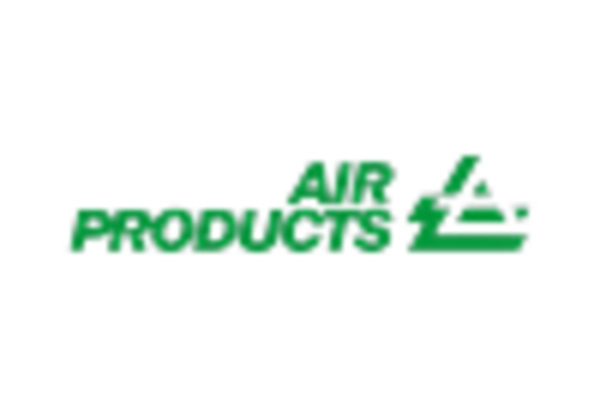

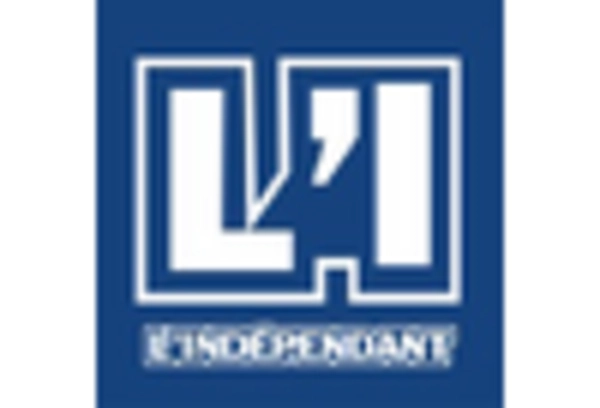
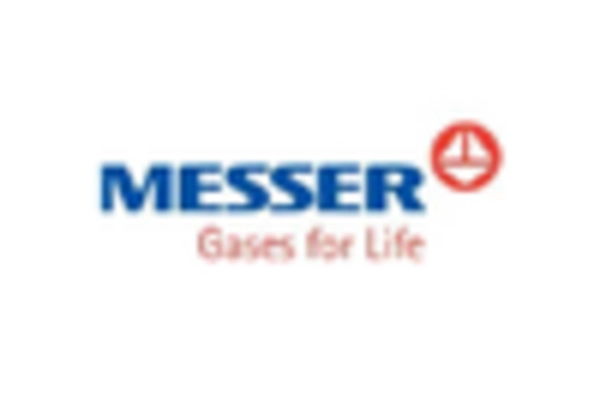

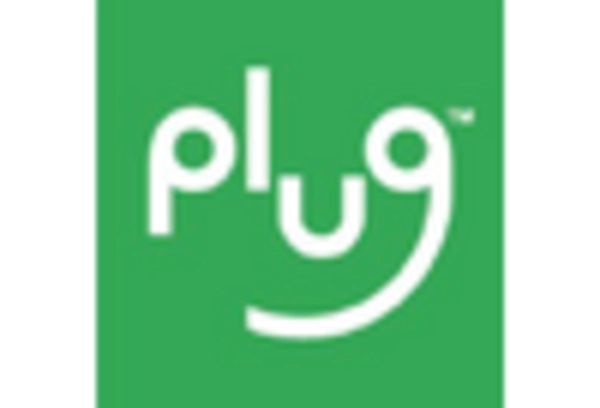








Leave a Comment